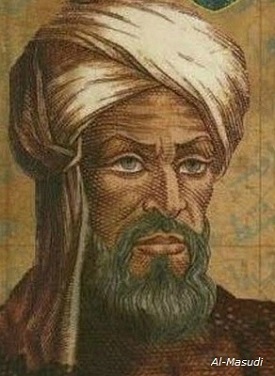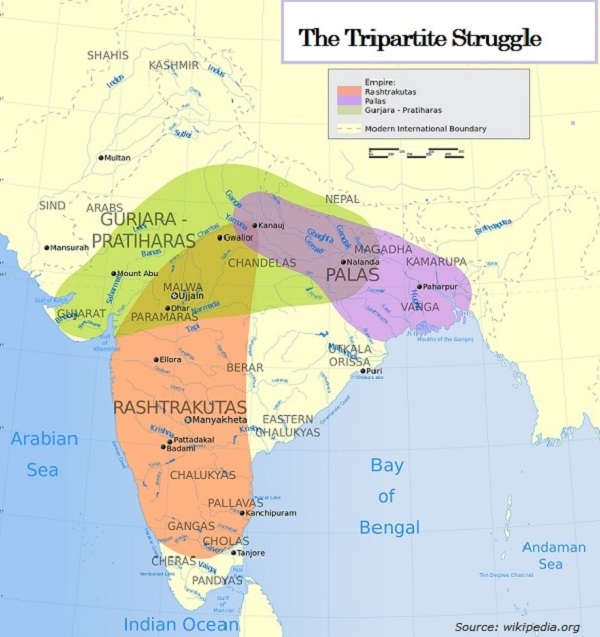
- Ancient Indian History - Home
- Study of Indian History
- Writing of Ancient Indian History
- Imperialist Historiography
- Historiography Nationalist Approach
- Marxist School of History
- Sources of Ancient Indian History
- Archaeological Sources
- Geographical Background
- Geography in Ancient Literature
- Stone Age Cultures
- Mesolithic Culture
- The Neolithic Age
- Chalcolithic Period of India
- Chalcolithic Culture In India
- Harappan Civilization
- Harappan Town Planning
- Harappan Crafts & Industries
- Harappan Culture
- Harappan Religion
- Harappan Chronology
- Vedic Civilization
- Vedic Society
- Vedic Politics
- Vedic Religion & Philosophy
- The Aryan Invasion
- Later Vedic Age
- Social System after Vedic Age
- Achievements of Indian Philosophy
- Evolution of Jainism
- Evolution of Buddhism
- Alexander’s Campaign in India
- Maurya Dynasty
- Kalinga War & its Impact
- Society & Economy during Mauryas
- Mauryan Governance
- Early History of South India
- Age of Smaller Dynasties
- Literature of Satavahana Period
- Society of Satavahana Period
- Economy of Satavahana Period
- Technology of Satavahana Period
- Chola Dynasty
- Pandya Dynasty
- Chera Dynasty
- Period of Foreign Invaders
- Gupta Period
- Decline of Guptas
- Governance of Gupta Period
- Literature of Gupta Period
- Economy in Gupta Period
- Science & Tech of Gupta Period
- India after the Gupta Period
- Period of Harsha
- South India during the Harsha Period
- Kadamba Dynasty
- History of Kamarupa
- India after Harsha
- Gurjara Pratiharas
- Palas of Bengal
- Rashtrakutas of Deccan
- Literature after the Harsha Period
- Society after the Harsha Period
- Economy after the Harsha Period
- Religion after the Harsha Period
- References & Disclaimer
Rashtrakutas of Deccan
The Pala kings ruled in the eastern India, the Pratiharas ruled in the north India, and Rashtrakutas ruled in the Deccan.
The term Rashtrakuts literarily means officers in-charge of territorial divisions (known as Rashtras).
The Rashtrakuts were the officers of Rashtra (province) under the early Chalukyas of Badami.
Rulers of Rashtrakutas
Dantivarman or Dantidurga was the founder of the Rashtrakuts dynasty. He made his capital at Manyakhet or Malkhed near modern Sholapur.
Dantivarman was succeeded by his uncle Krishna I about A.D. 758.
Krishna-I extended his kingdom from Maharashtra to Karnataka.
Dhruva became king in about A.D. 779. It was the opening of a new era in the history of Rashtrakutas.
Dhruva was the first Rashtrakuta ruler from Deccan who had intervene in the tripartite struggle of supremacy in north India. He had defeated two powers of the North India i.e the Pratihara king Vatsaraja and the Pala king Dharmapala of Bengal.
Dhruva added the emblem of Ganga and Yamuna to his imperial emblem after his successful campaigns in north India.
Dhruva was succeeded by Govinda-III (A.D. 793-813).
Govinda-III also made invasions into north India and fought successfully against the Pala king Dharmapala and Chakrayudha the ruler of Kanauj.
Govinda-III shattered the union of the Ganga, Chera, Pandya, and Pallava rulers in south India.
Govind-III was succeeded by his son Amoghavarsha-I (A.D. 814-878).
Amoghavarsha-I had been ruled for 60 years. He is better known for his leanings towards religion and literature.
Amoghavarsha supported Jainism. He was a patron of literature and patronized as the men of letter.
Amoghavarsha wrote Kavirajamarga. It was earliest Kannada work on poetics.
Amoghavarsha was a great builder. He built the capital city Manyakhet.
The successor of Amoghavarsha were Indra-III (A.D. 915-927) and Krishna-III (939- 965). Both were the great Rashtrakuta rulers.
Indra-III had defeated the Pratihara king Mahipala-I and ransacked his capital Kanauj.

Arab traveler, Al-Masudi, calls the Rashtrakuta king as the greatest king of India.
Krishna-III was the last famous king of Rashtrakuta. He struggled against the Paramaras of Malwa and eastern Chalukya of Vengi.
Krishna-III also struggled against the Chola ruler of Tanjore. He reached up to Rameshwaram and built a pillar of victory and a temple there.
The dominance of the Rashtrakutas in the Deccan is the remarkable period in the history of India.
Rashtrakuta ruled more than three hundred years. They patronized Saivism and Vaishnavism. In addition, they also protected Jainism, Buddhism, and Islam.
The Rashtrakuta rulers permitted the Muslim merchants to settle in their kingdom, build mosques, and preach their religion.
Rashtrakuta rulers equally support Sanskrit, Prakrit, and Kannada along with Apabhramsa languages.
Rock-cut cave temples excavated at Ellora are the symbols of Rashtrakutas religious toleration. They are one of the splendors of Indian arts.
The Kailash temple was built by the Rashtrakuta king Krishna-I. It is a supreme piece of art.
Tripartite Struggle
-
There were three great powers in India in the early phase of 8th century A.D., namely −
The Gurjara Pratihara in the north,
The Palas in the east, and
The Rasthrakutas in the Deccan.

The tripartite struggle for the supremacy between the Palas, the Gurjara Pratiharas, and the Rashtrakutas was the important event of these centuries.
The main cause of this struggle was the desire to possess the city of Kanauj, which was then a symbol of sovereignty. And, some other cause of this struggle was to have control over the intermediate fertile regions.
The shifting of the power among these three was determined both by the internal strength of the respective region and the inability of the rulers to extend their control beyond their respective regions for a longer duration.
All of the three dynasties (enlisted above) were having more or less same military equipment, administrative machinery, and the strategic concepts.
The Arab travelers also affirmed that these three powers were equal in strength.
Because of the balance of power, there was a great political stability within the regions, which nurtured the development of culture and education.
The first encounter took place among the Pratihara king Vatsaraja, the Pala king Dharmapala, and Rashtrakuta king Dhruva.
Rashtrakutas achieved a complete victory in the first phase. But the unfortunate death of Dhruva was a great set back to Rashtrakutas.
Pala king Devapala (A.D. 821-860) was the most prominent in the second phase because his contemporary Pratihara and Rashtrakuta kings were weak rulers.
Pratihara kings Bhoja (A.D. 836-885) and Mahendrapala (A.D. 885-910) proved to be more powerful in the third phase (during the 9th century).
Each of the three kingdoms Pratiharas, Pala, and Rashtrakutas declined almost simultaneously around the end of the 10th century A.D.
The end of these three dynasties marked the end of the glorious era of more than 300 years.